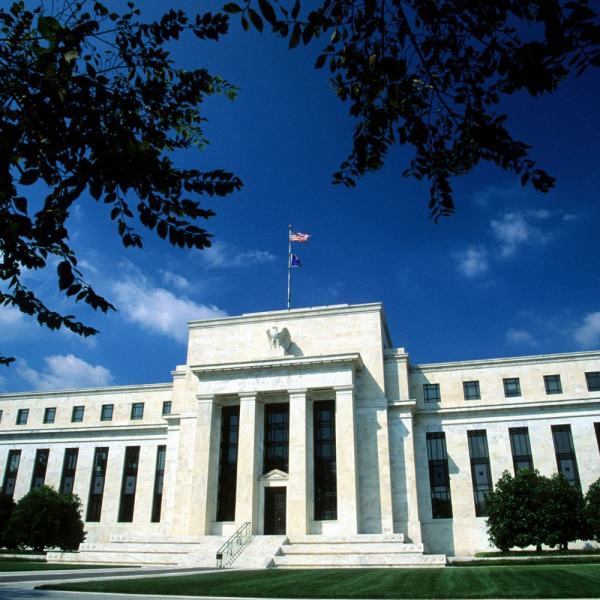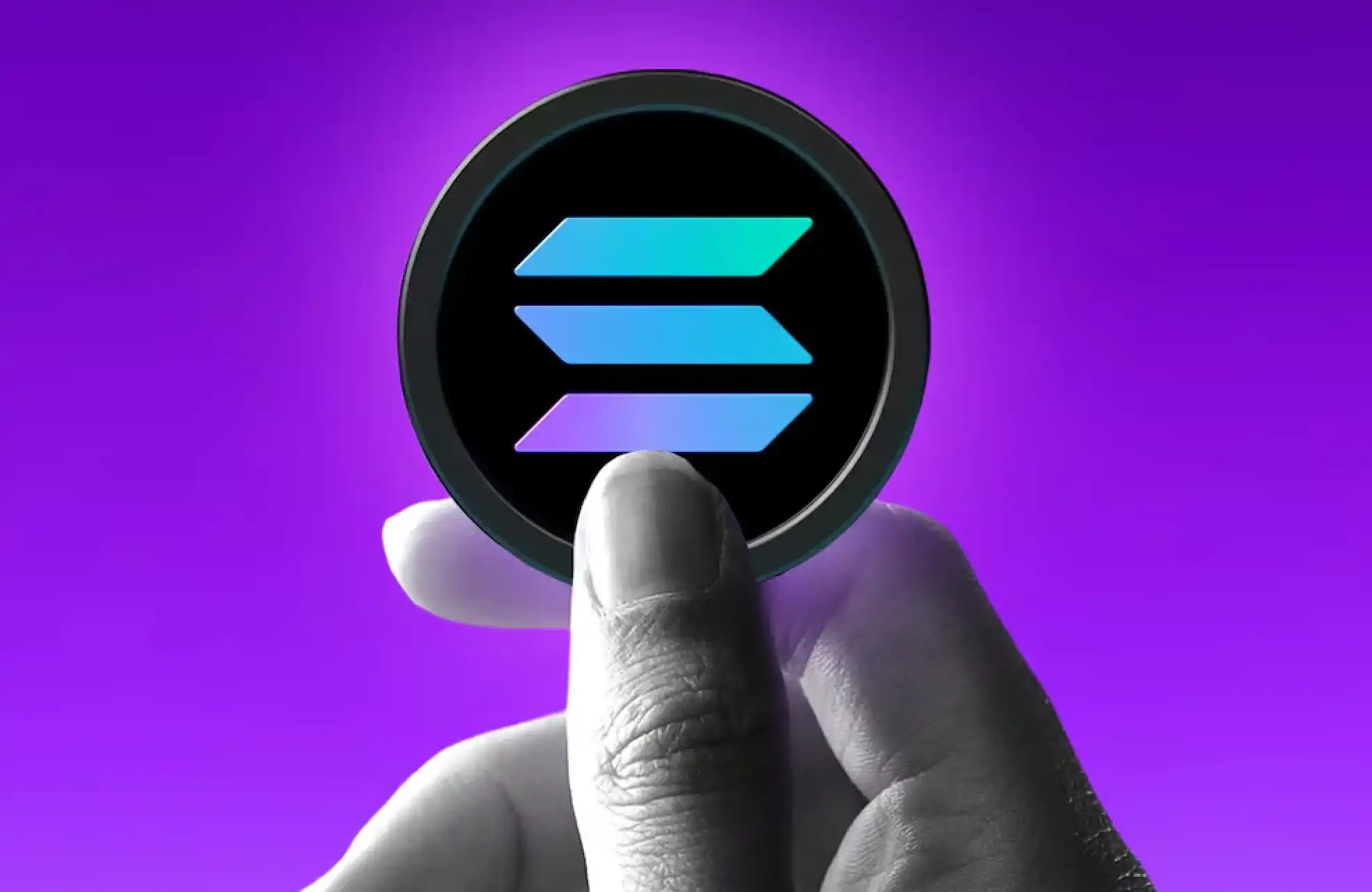Circle under interest rate cut pressure
Author: Jack Inabinet, Bankless
Translation: Saoirse, Foresight News
Original Title: Circle's Rate Cut Dilemma
A modeling analysis of the impact of interest rate changes on reserve income, as well as distribution and transaction costs, over the next 12 months
Source: Circle
Although Circle reported a net loss of as much as $482 million in the second quarter, which was far below analysts' expectations, this unexpected difference was mainly due to a $424 million accounting write-off related to employee stock compensation at the time of its initial public offering.
Even so, Circle's financial situation still highlights the vulnerability of this company, which is on the verge of breaking even. At the current USDC supply level, it cannot withstand the shock of a significant drop in interest rates.
The Solution
On the surface, a decline in interest rates may reduce Circle's interest income per dollar of reserves, hurting profitability. But fortunately for CRCL holders, changing a simple variable can completely reverse the situation…
Powell and many financial commentators believe that current interest rates are already at a "restrictive" level, and that fine-tuning the Federal Reserve's policy rate can both address a weakening labor market and control inflation.
If these experts are correct, a rate cut could trigger an economic rebound, with employment remaining high, credit costs falling, and the cryptocurrency market soaring. If this optimistic scenario becomes reality, demand for crypto-native stablecoins may rise, especially when they can offer DeFi-native yield opportunities above market levels.
To offset the negative impact of a 100 basis point rate cut (the lowest level considered in Circle's aforementioned rate sensitivity analysis), USDC circulation would need to increase by about 25%, requiring an injection of $15.3 billion into the crypto economy.
Based on 2024 net profit, Circle's current price-to-earnings ratio is 192 times, making it a high-growth opportunity. However, although the stock market is optimistic about CRCL's expansion prospects, if the Federal Reserve implements a rate cut in the coming weeks, this stablecoin issuer will need to achieve growth to survive.
Assuming the Federal Reserve cuts rates by at least 25 basis points, Circle would need to increase USDC supply by about $3.8 billion to maintain current profitability.
In Circle's own words: "Any relationship between interest rates and USDC circulation is complex, highly uncertain, and unproven." There is currently no model that can predict how USDC users will react to lower interest rates, but history shows that once a rate-cutting cycle begins, it often proceeds rapidly.
Although in a booming economic scenario, Circle might be able to offset losses from falling interest rates through growth, the data shows that the company has an inherent conflict with a low interest rate environment.

Disclaimer: The content of this article solely reflects the author's opinion and does not represent the platform in any capacity. This article is not intended to serve as a reference for making investment decisions.
You may also like
How Zcash went from low-profile token to the most-searched asset in November 2025

Powell’s allies make a major statement! Is a Federal Reserve rate cut in December now highly likely again?
Economists point out that three of the most influential officials have formed a strong coalition supporting interest rate cuts, which will be difficult to shake.

The latest SOL proposal aims to reduce the inflation rate, but what are the opponents thinking?
The Solana community has proposed SIMD-0411, which would increase the inflation deceleration rate from 15% to 30%. It is expected to reduce SOL issuance by 22.3 million over the next six years and accelerate the reduction of the inflation rate to 1.5% before 2029.

IoTeX launches the world's first on-chain identity solution ioID designed specifically for smart devices
ioID is revolutionizing identity management for smart devices, allowing DePIN to authenticate devices, protect data, and unlock next-generation application scenarios within a user-owned ecosystem compatible with any blockchain.

